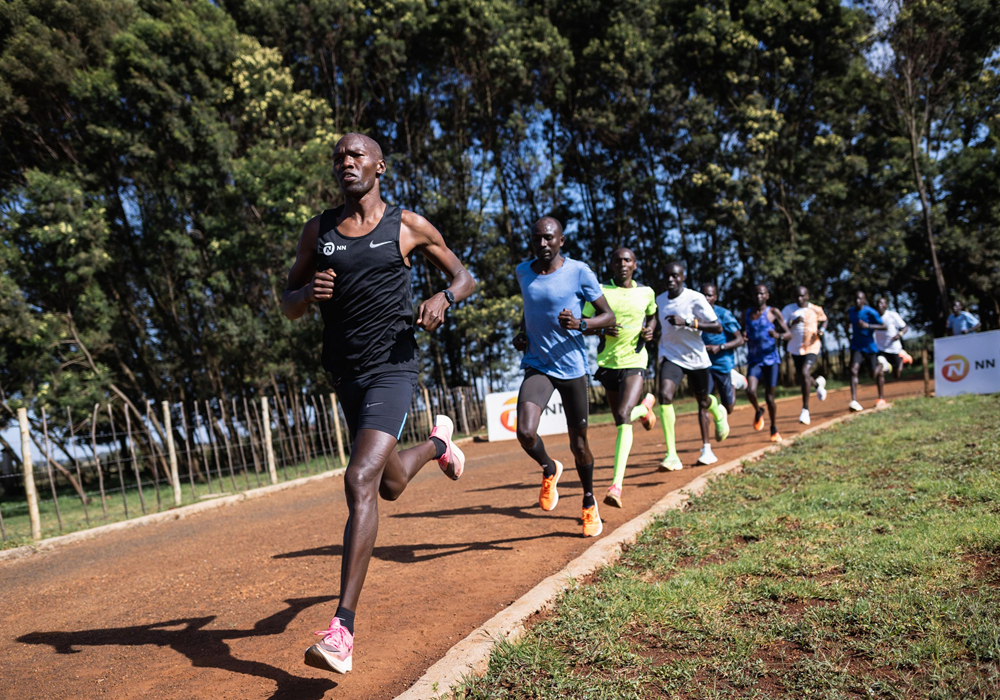Training for speed requires athletes to focus on specific drills that are designed to improve their sprinting abilities. These drills typically involve short bursts of intense exercise such as sprints, jumps, and plyometric exercises jumping with added resistance.
Regular practice with these drills will help build strength and power in the legs, core, and arms; all of which will increase an athlete’s top speed. Additionally, proper form should be practiced during each drill so that energy is used efficiently while avoiding injury.

Strength training is also important when it comes to training for speed as it helps build muscle mass which improves an athlete’s ability to produce force quickly and powerfully against the ground when sprinting. Resistance bands are often used by athletes as they provide resistance without having someone spot them at all times; allowing them to perform exercises safely yet still get good results from their workout routine.
Finally, nutrition plays an important role in training for speed as well; fueling your body properly before workouts allows you to perform at your peak potential throughout each session leading up to the event or race day you are preparing for.
Eating healthy foods that provide your body with essential vitamins and minerals helps maintain muscle strength, increases energy levels, and reduces fatigue during training sessions thus allowing you to get more out of each one than if you were undernourished or dehydrated.
In conclusion, training for speed involves multiple components such as dynamic drills, strength exercises, proper form practice, and nutrition which work together synergistically in order to maximize performance gains while minimizing injury risk; making it a must-have staple within any athlete’s fitness routine regardless of their sport or competition level they participate in!




